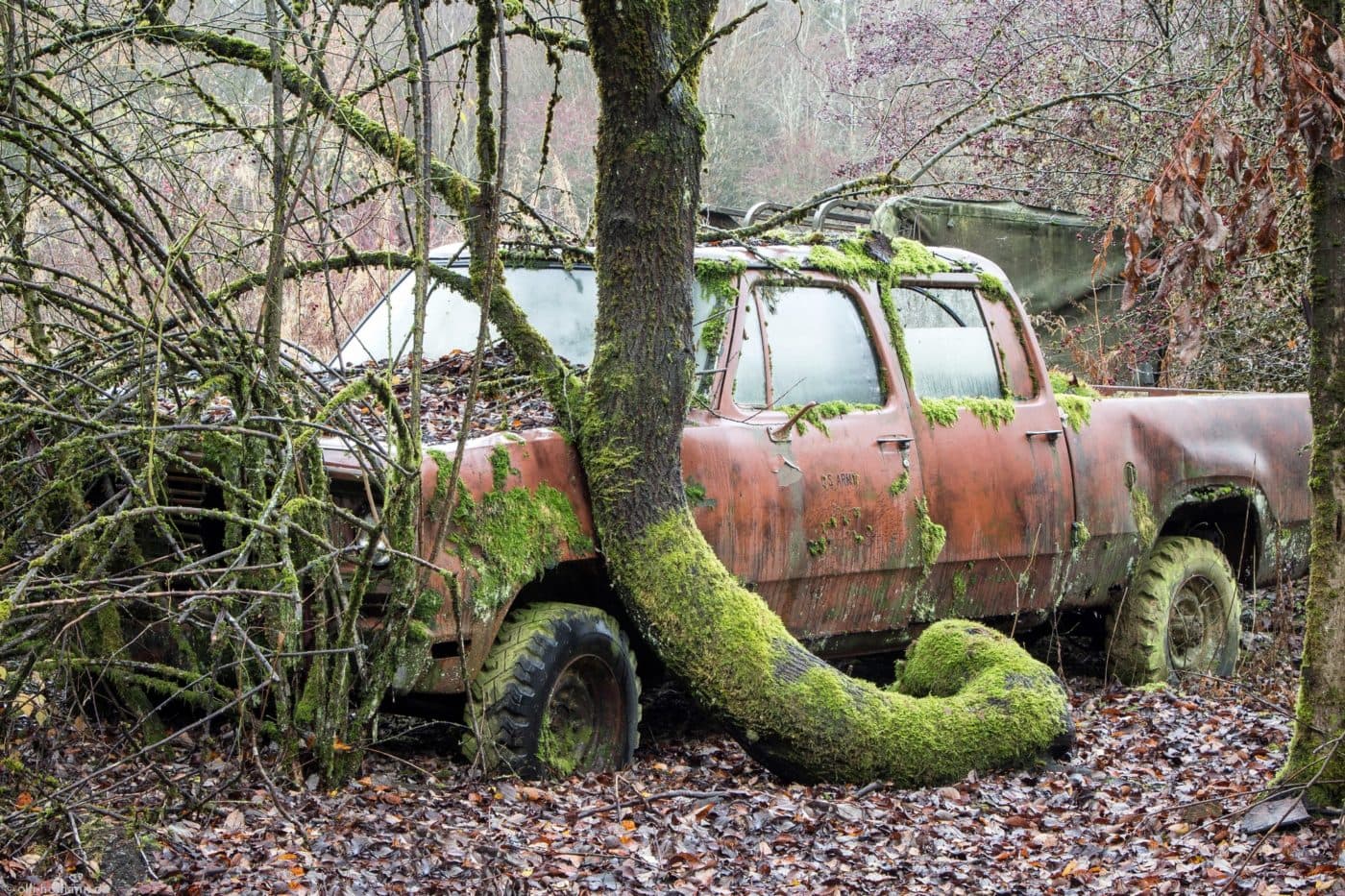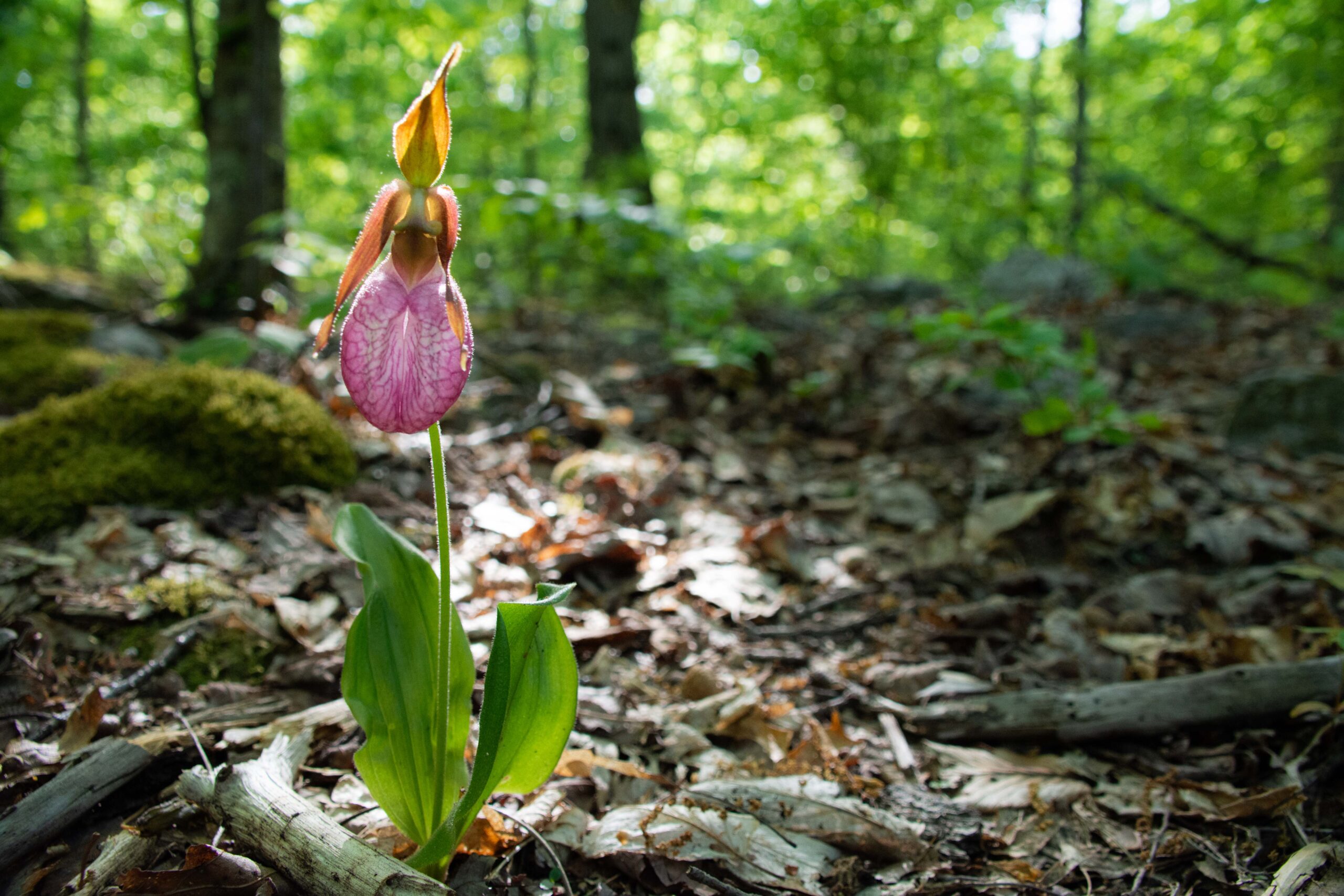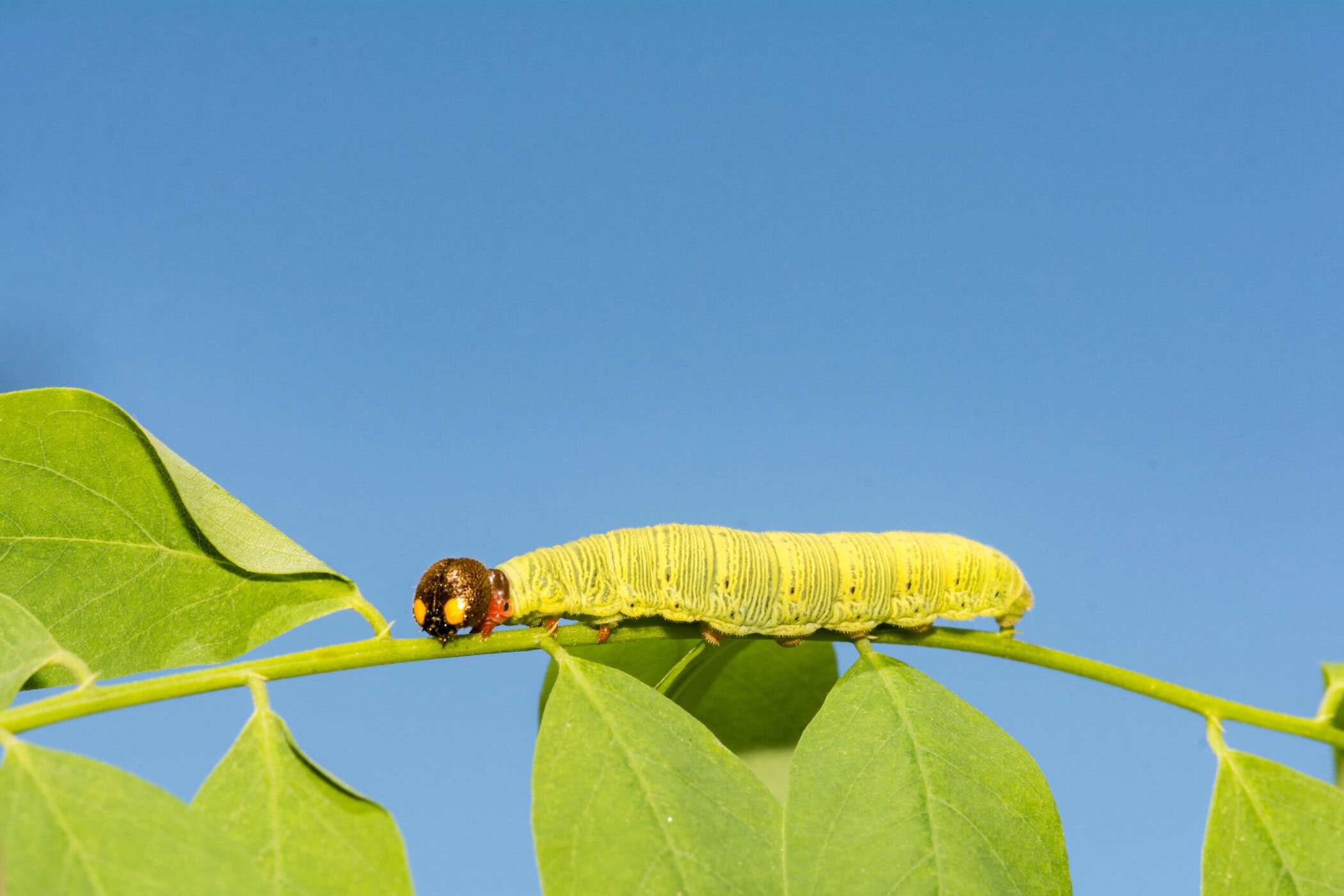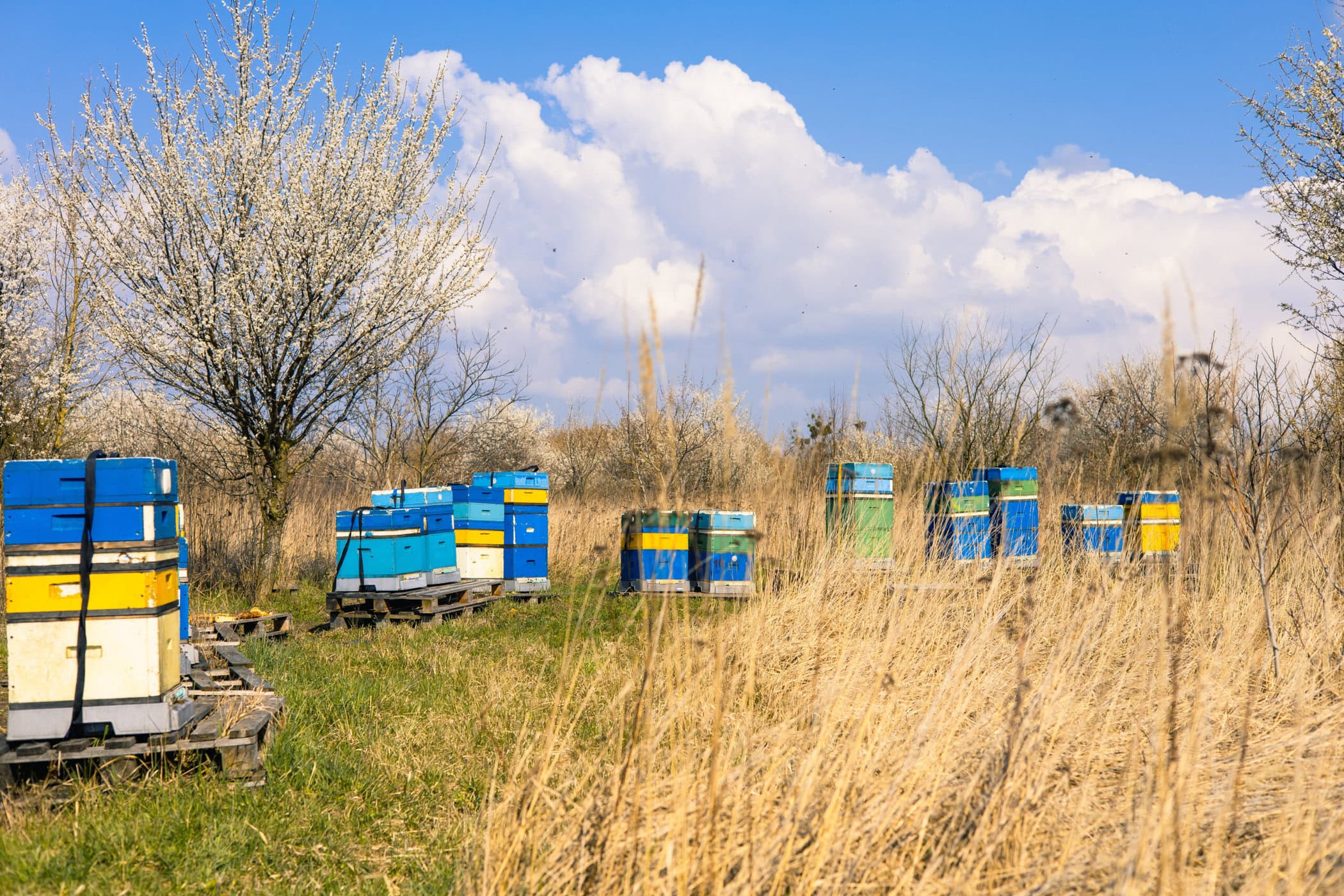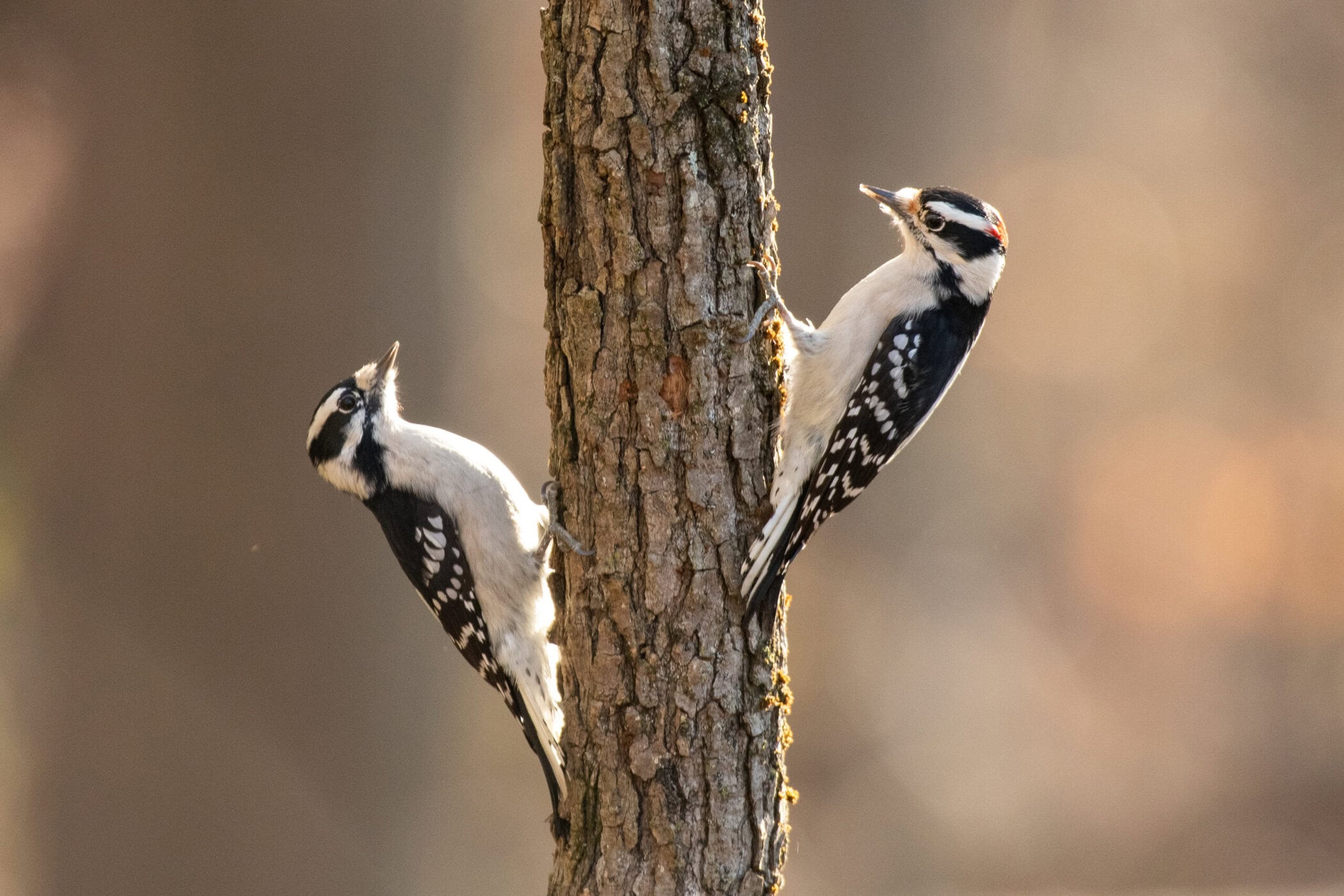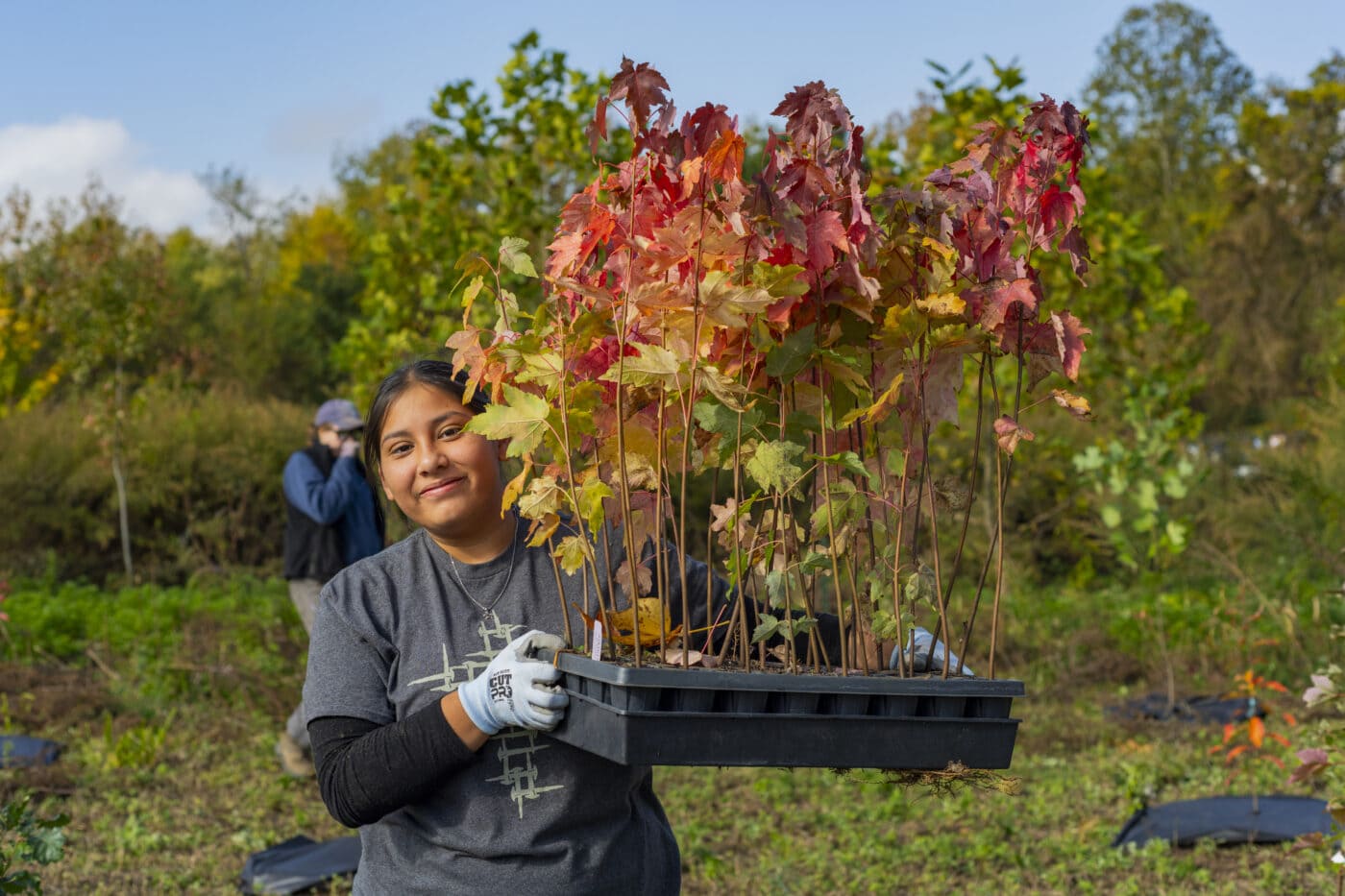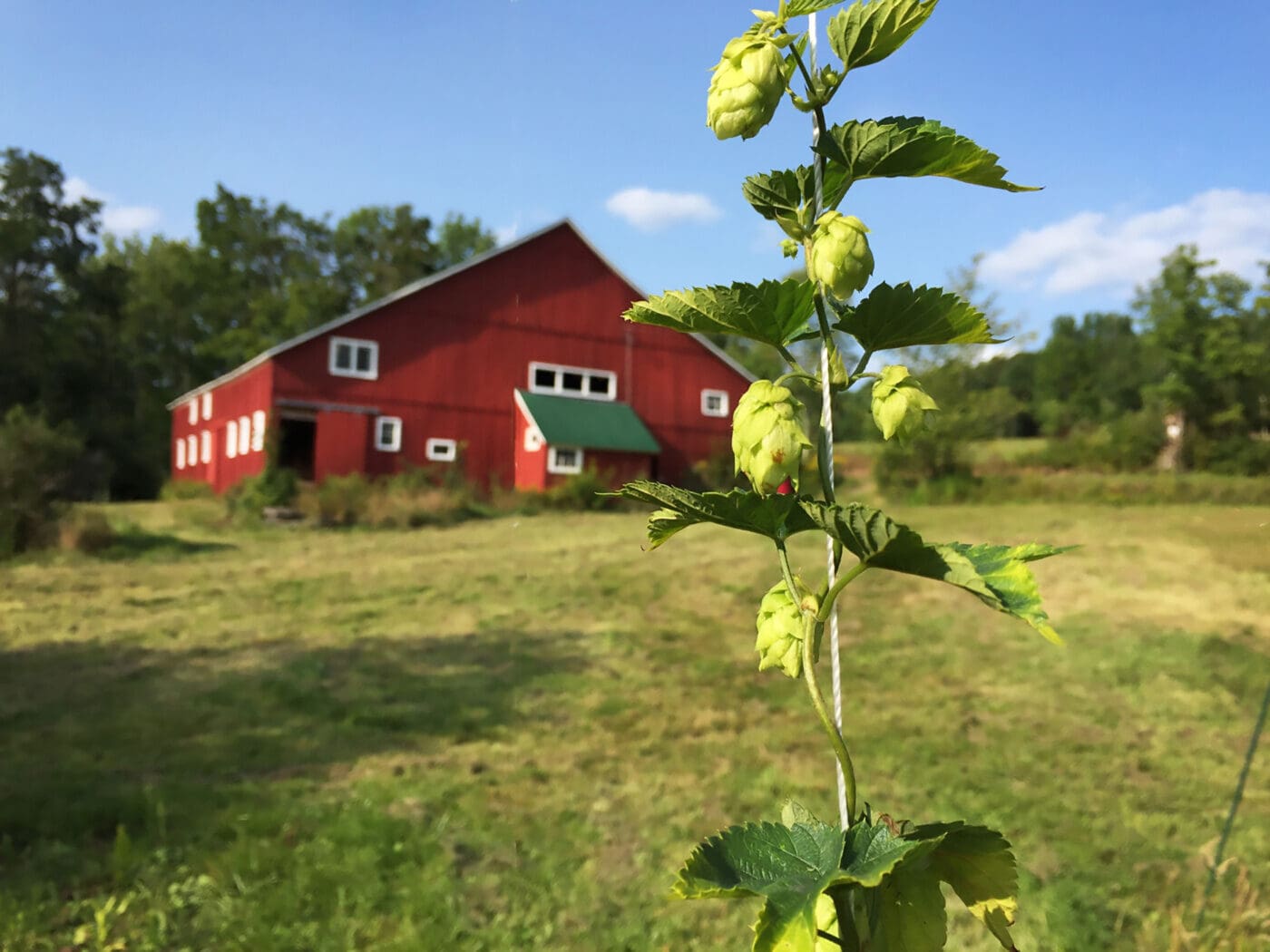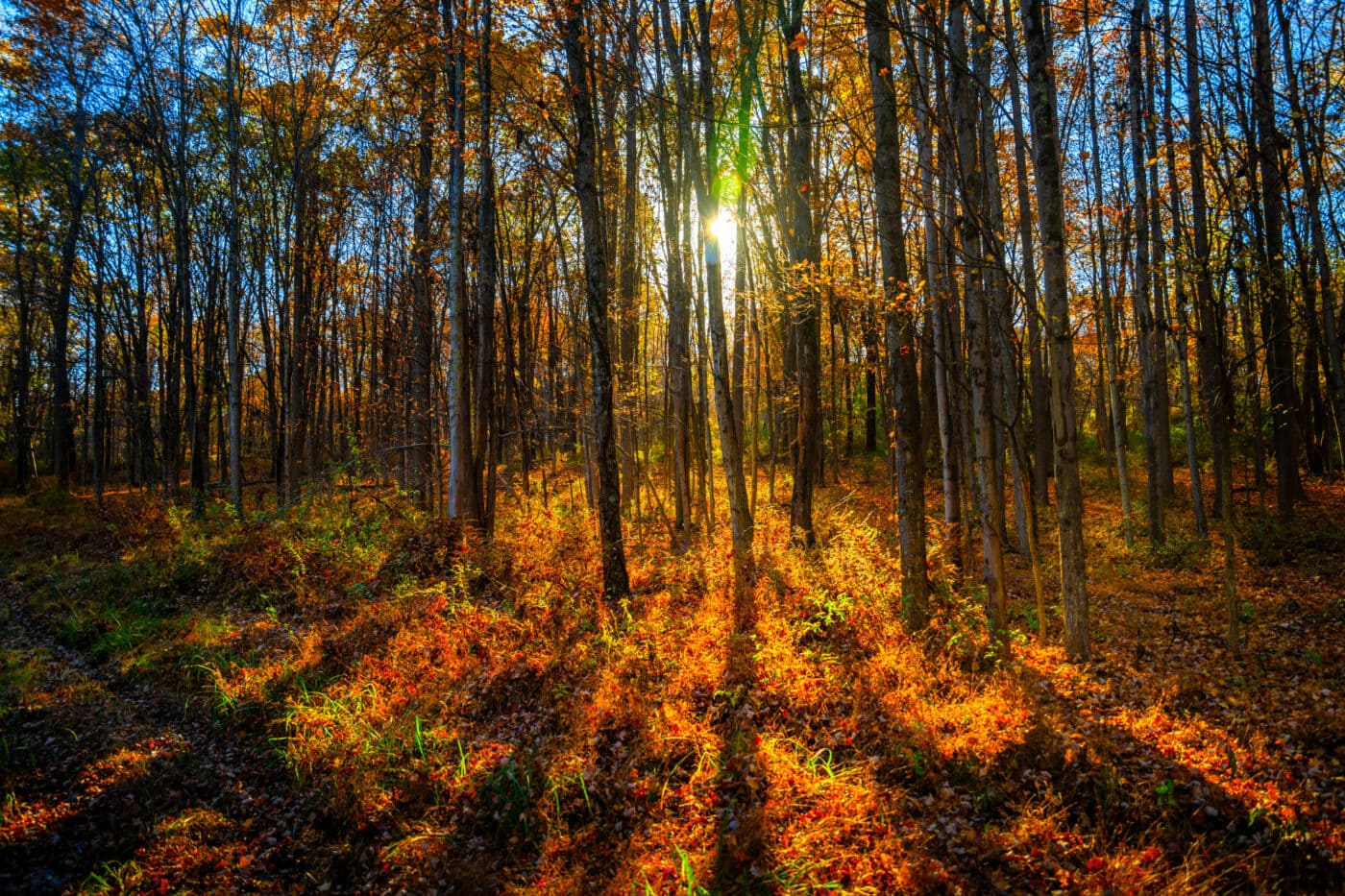Scenic Hudson Land Stewardship Coordinator Dan Smith photographed an ice skate being “eaten” by a tree on one of our protected properties in Ulster County.
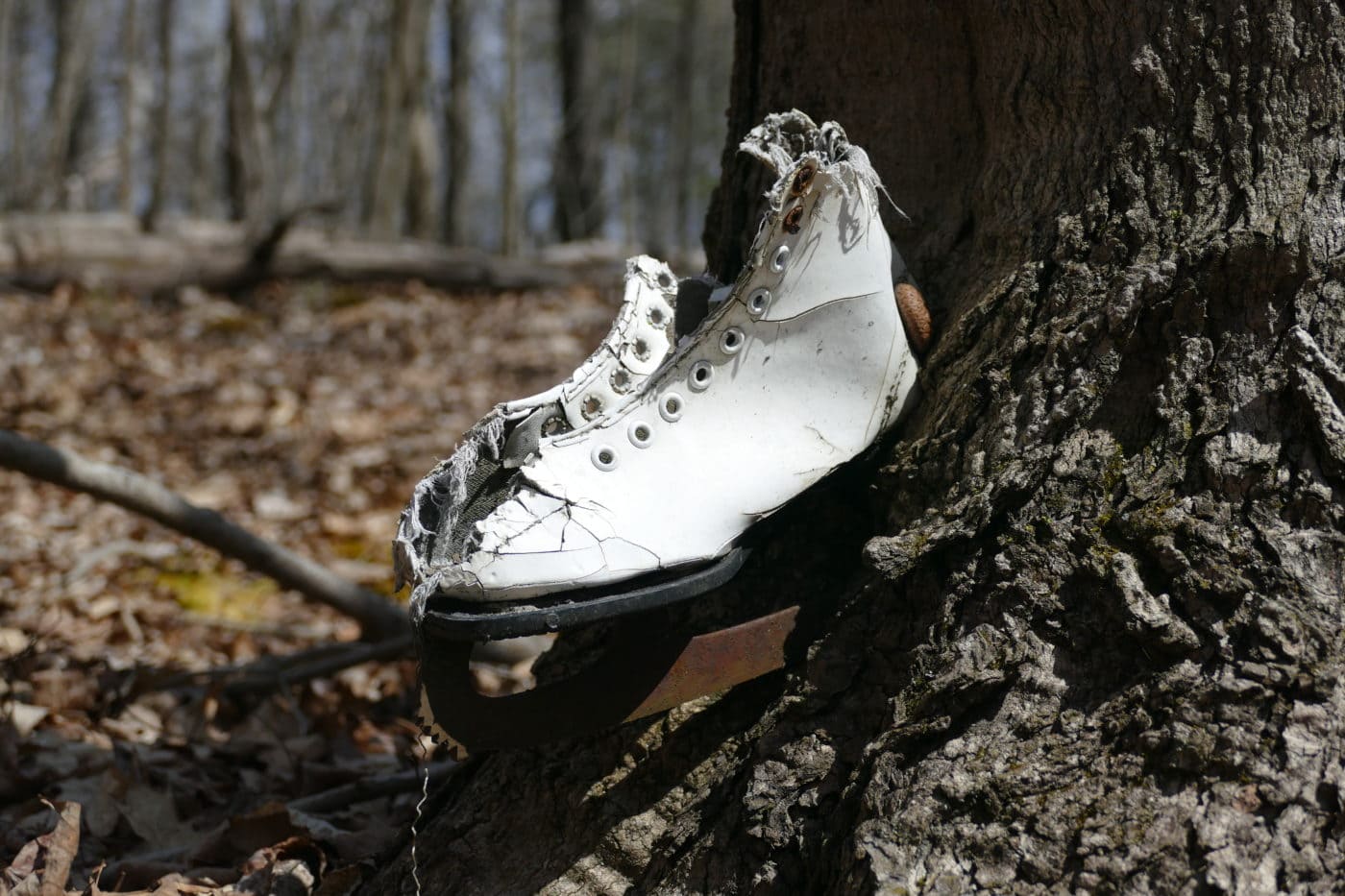
The skate was probably abandoned alongside the tree a number of years ago. Over time, as the tree grew, the wood surrounded the blade, placing a tight grip on it. Now, as the tree continues rising, so does the skate. Currently, it’s 6-8 inches off the ground.
There’s a hard-to-pronounce scientific term for this phenomenon: edaphoecotropism. In layman’s terms, it’s the propensity of living tissue to engulf foreign objects, whether rocks, road signs, park benches, even motorcycles. Contrary to what you might think, this act of incorporation does no harm to trees. It actually benefits them by adding strength to their structure.
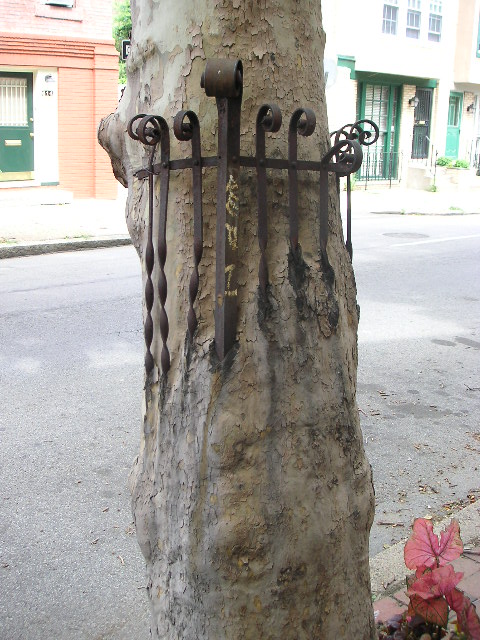
One of the most famous examples is the Bicycle Tree in Scotland. Dating from the latter half of the 19th century, this sycamore once stood alongside a blacksmith’s scrap heap. As the tree matured, it grew around a number of left-behind objects, reportedly including an anchor and horse’s bridle.
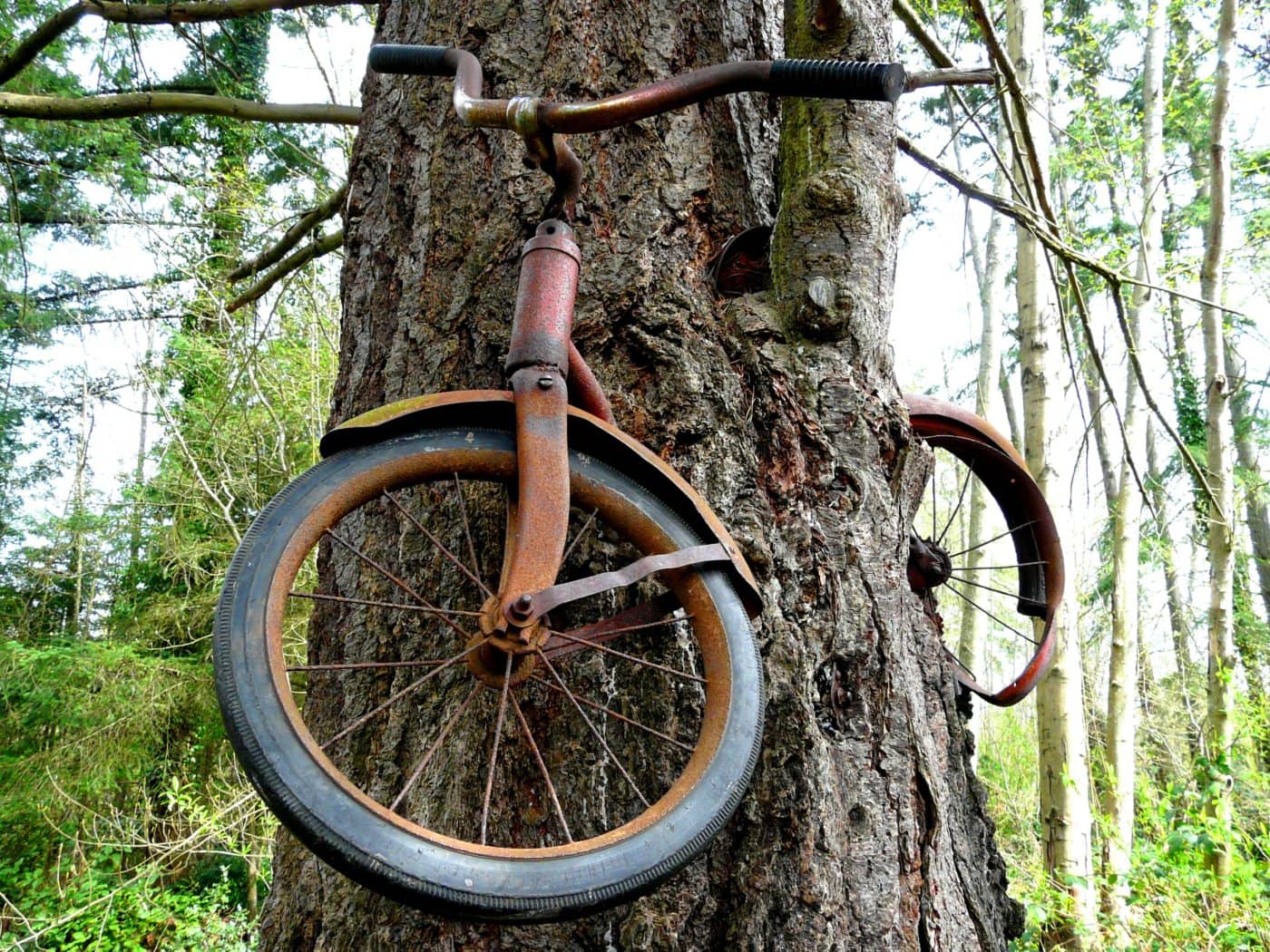
It most definitely contains the remains of a bicycle. Legend has it the bike’s owner leaned it against the tree when going off to fight in World War I. He never returned and the tree eventually laid claim to it. Today, visitors come to see the bicycle’s handlebars and frame branching out of the sycamore’s trunk high above their heads.
